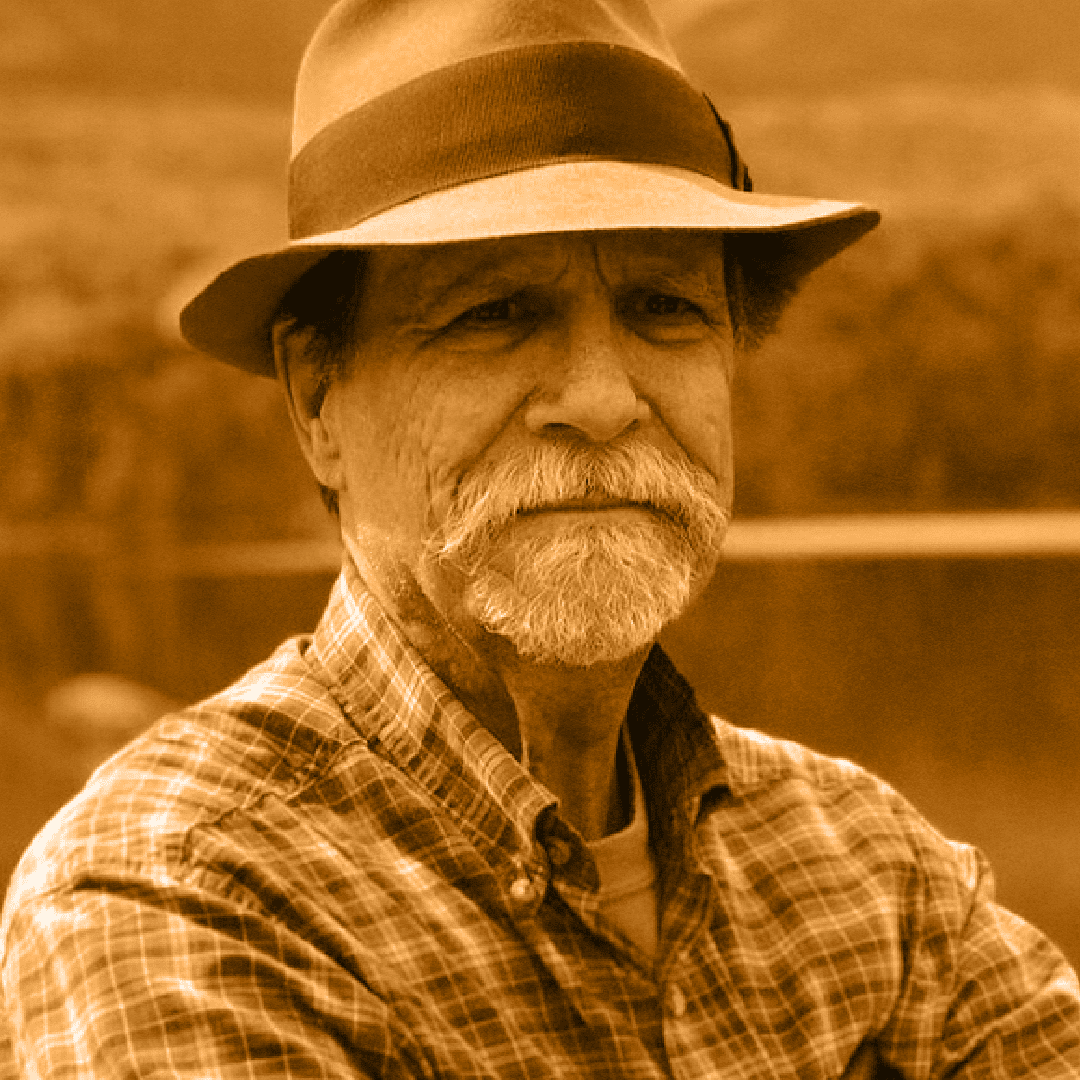Featured Interview


As a scientist, Tom’s insight into religion and psychology balances his worldview given that he matriculated through both the sciences and philosophy. He says, that as soon as he began to see the world through a hand-lens, he was sold on physics, biology, entomology, evolution and ecology, and vertebrate zoology, but landed squarely in biology. Tom’s primary area of interest began in complex systems. Access to an electron microscope in the biochemistry lab opened up Tom’s understanding of the microscopic world that is within, around, and through us. He defines “complex systems” and uses this interest to look at religion and psychology. Tom asks why no one can predict what the Dow Jones is going to do tomorrow?” Because the economy is a complex system. Tom’s “naïve love of biology” was the attitude that bade him to leave the early movement in bioengineering, which he deemed as morally repugnant, and sent him onto a path of recollecting his interests in philosophy and religion primarily to the work of Carl Jung, James Hillman, and Henry Corbin. Tom’s love for Hillman is expressed from his seeking psychological diversity and Corbin for his grounding in the imagination. Tom departed from reductive science because his brain began to feel like a machine, cranking out facts, and this landed him in the exploration of the imagination. With this in mind, Tom recognizes the battle within him between the “humanist” and the “scientist.” He believes on some level that adopting an easy pluralism as a means for us each to deal with our tendency toward fundamentalist thinking and behaving. He has been actively undermining the tendency for any human to be motivated by any fundamentalism – which both Henry Corbin and James Hillman do. Good on you, Tom!